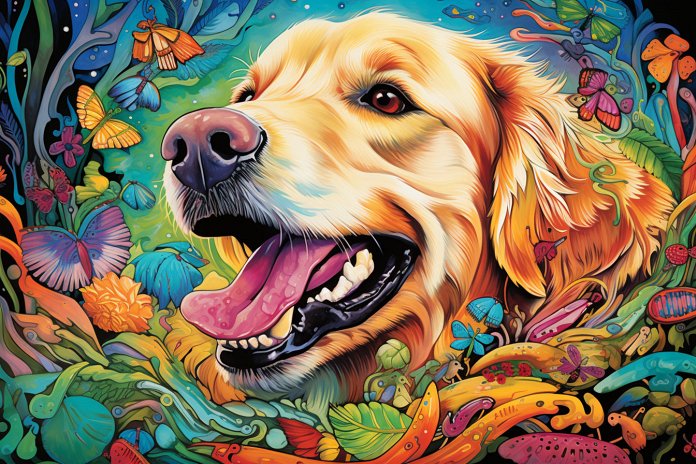
Feeding dogs bones is a controversial topic. Some bones can be digested by dogs, but not all of them. Different sizes and densities of bones can make some a tasty treat while others can be dangerous. Let’s take a closer look at dog bone digestion.
Signs Your Dog Could Be Choking
Choking in dogs is rare, but it’s important to know the signs. A dog will choke if there is an object stuck in their throat. Symptoms include difficulty breathing, coughing, and wheezing. Other signs include pacing, exaggerated swallowing motions, drooling, head tilting, whining, cowering, shaking, and weakness. Dogs with different personalities may react differently. If you see your dog choking, intervene immediately or call the vet.
Body Language
Here are some ways to tell if your dog is choking: head tilting, whining, shaking, cowering, chewing, pacing, weakness, and drooling. Other signs to watch for are lack of appetite, constipation, gagging, and vomiting foam.
The History of Dogs and Bones
Dogs have evolved from wolves and have similar eating habits. They would eat large chunks of meat, fat, and bones, but couldn’t swallow them whole. Bones were important for survival during harsh winters. Wolves and dogs can grind down bones to access the marrow. Domesticated dogs may have more difficulty with bones, especially smaller breeds. The diet of a dog also affects bone digestion.
Science Behind Bone Digestion in Dogs
Dogs have a different digestive system than humans. Their mouths are designed to bite off large chunks of food, and their powerful esophagus helps push bones into the stomach. Dogs have a shorter digestive system, taking about 8 hours for digestion. The quality of the diet and water intake also play a role in digestion.
How to Feed Your Dog Bones
If you choose to feed your dog bones, make sure they are raw and fresh. Cooked or dried bones can splinter and be dangerous. Consider the size, type, and density of the bone, as well as your dog’s size, health, teeth condition, and eating habits. Marrow bones are the best choice. Supervision is important when giving bones to dogs.
Supervision is crucial when feeding bones to dogs to avoid potential choking.

Tips & Things to Know
1️⃣ Dogs can digest bones, but not all bones are safe for dogs. Always supervise your dog while they’re enjoying a bone to prevent choking or other injuries. Choose marrow bones that are raw and fresh, not cooked or dried, and avoid large, dense leg bones or long rib bones that can potentially cause harm.
2️⃣ Recognizing the signs that your dog is choking is important. If your dog begins pacing, chewing without eating, drooling excessively, tilting their head, whining, cowering, shaking, or showing signs of weakness, they may be choking. If you see these signs, try to intervene by removing the object causing obstruction, or call the vet immediately.
3️⃣ Dogs’ digestive systems are different to ours and are influenced by their diet. Dogs that are fed kibble have a stomach acid PH of 2.5, which is not ideal for digesting bones, while raw-fed dogs have a PH closer to 1.5, which makes it easier for them to digest bones. It usually takes around 8 hours for a dog to fully digest their food, but this can vary depending on the dog’s breed and diet.
Frequently Asked Questions, Answered ✅
1. Can dogs digest bones?
Yes, dogs can digest bones, but not all types. The density and size of the bone are important factors to consider.
2. What are the signs that a dog is choking?
Signs of choking in dogs include pacing, exaggerated swallowing motions, drooling, head tilting, whining, cowering, shaking, and weakness.
3. How should I intervene if my dog is choking?
If your dog is choking, you should attempt the Heimlich maneuver or try to remove the object causing the obstruction. If these options don’t work, it’s important to call a vet.
4. How can I tell if my dog is choking?
Some signs that your dog may be choking include head tilting, whining, shaking, cowering, chewing, pacing, weakness, and drooling.
5. What type of bones are safe to feed dogs?
Raw and fresh bones are safe to feed dogs, while cooked or dried bones can splinter and pose a choking hazard. Marrow bones are generally considered the best type of bones to give to dogs, while large, dense leg bones and long rib bones should be avoided.